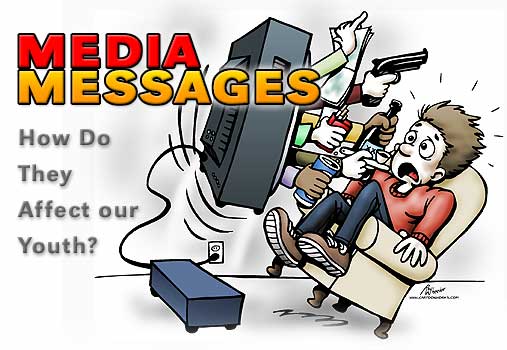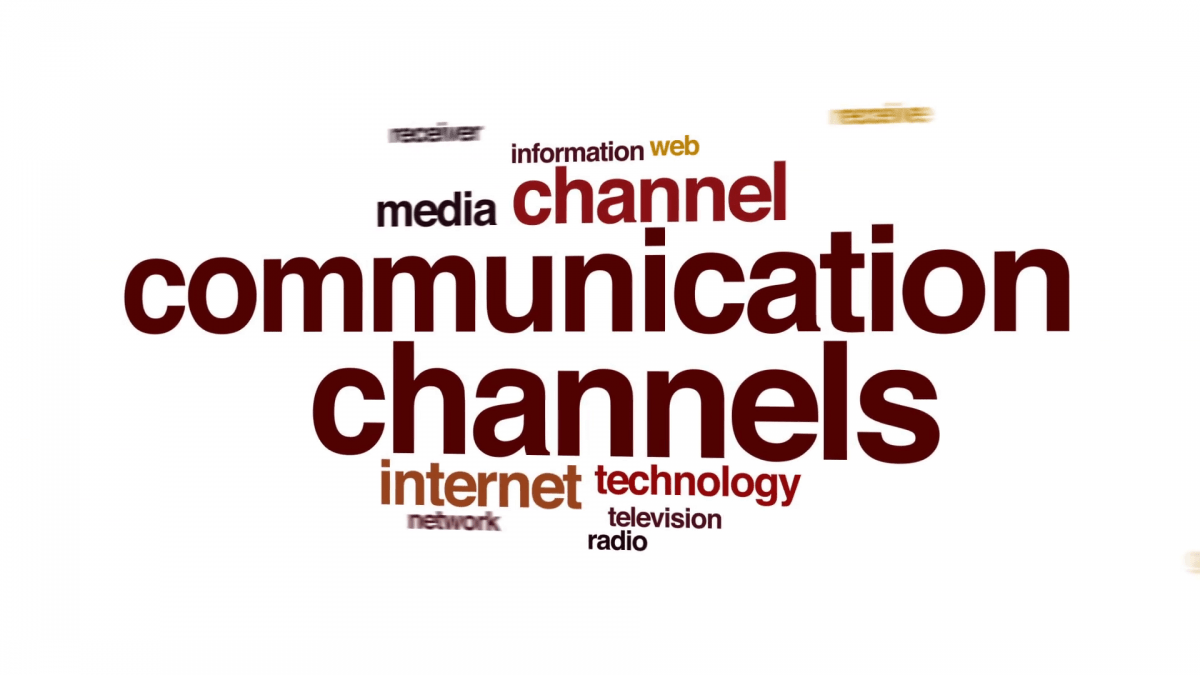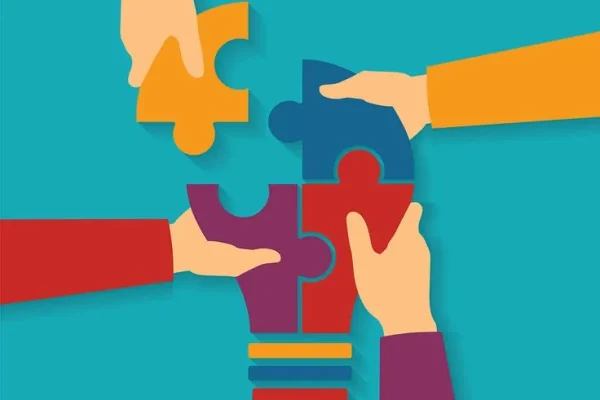
How To Handle Media Influences On Youth
July 3, 2017
Online Social Network Addiction
July 3, 2017Media communications channels made many parents worry about how exposure to technology might affect toddlers developmentally,and how Social Media Affects Teenagers .
Media communications channels known by preschoolers are picking up new social and cognitive skills at a stunning pace, and we don’t want hours spent glued to an iPad to impede that. But an equally important period of rapid development, and too few of us are paying attention to how our teenagers’ use of technology.
Much more intense and intimate than a 3-year-old playing with dad’s iPhone—is affecting them.
In fact, experts worry that the social media and text messages that have become so integral to teenage life.And promoting anxiety and lowering self-esteem.
Indirect communication
Teens are masters at keeping themselves occupied in the hours after school until way past bedtime. When they’re not doing their homework (and when they are) they’re online and on their phones, texting, sharing, trolling, scrolling, you name it. Of course before everyone had an Instagram account teens kept themselves busy too. But they were more likely to do their chatting on the phone, or in person when hanging out at the mall.
It may have looked like a lot of aimless hanging around, but what they were doing was experimenting, trying out skills, and succeeding and failing in tons of tiny real-time interaction. kids today are missing out on.
Modern teens are learning to do most of their communication while looking at a screen, not another person
“As a species we are very highly attun to reading social cues,” says Dr. Catherine Steiner-Adair, a clinical psychologist and author of The Big Disconnect. “There’s no question kids are missing out on very critical social skills. In a way, texting and online communicating.
it’s not like it creates a nonverbal learning disability, but it puts everybody in a non-verbal disabled context, where body language, facial expression, and even the smallest kinds of vocal reactions are render invisible.”
Lowering the risks
Certainly speaking indirectly creates a barrier to clear communication, but that’s not all. Learning how to make friends is a major part of growing up, and friendship requires a certain amount of risk-taking. This is true for making a new friend, but it’s also true for maintaining friendships. When there are problems that need to be faced—big ones or small ones.It takes courage to be honest about your feelings and then hear what the other person has to say. Learning to effectively cross these bridges is part of what makes friendship fun and exciting, and also scary. “Part of healthy self-esteem is knowing how to say what you think and feel even when you’re in disagreement with other people or it feels emotionally risky,” notes Dr. Steiner-Adair.
But when friendship is conducted online and through texts, kids are doing this in a context stripp of many of the most personal. It’s easier to keep your guard up when you’re texting, so less is at stake. You aren’t hearing or seeing the effect that your words are having on the other person. Because the conversation isn’t happening in real time, each party can take more time to consider a response. No wonder kids say calling someone on the phone is “too intense”—it requires more direct communication.
If kids aren’t getting enough practice relating to people and getting their needs met in person and in real time.
Many of them will grow up to be adults who are anxious about our species’ primary means of communication—talking. And of course social negotiations only get riskier as people get older and begin navigating romantic relationships and employment.





